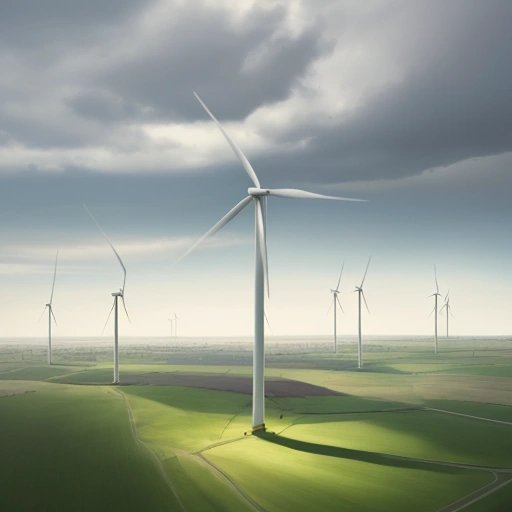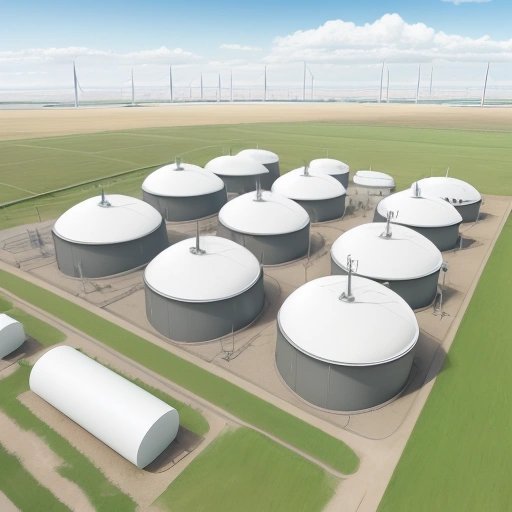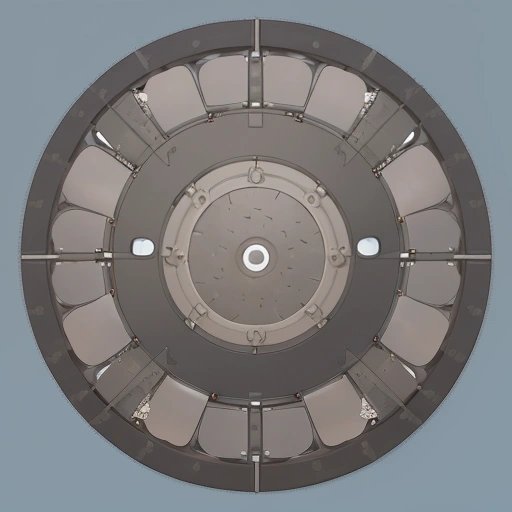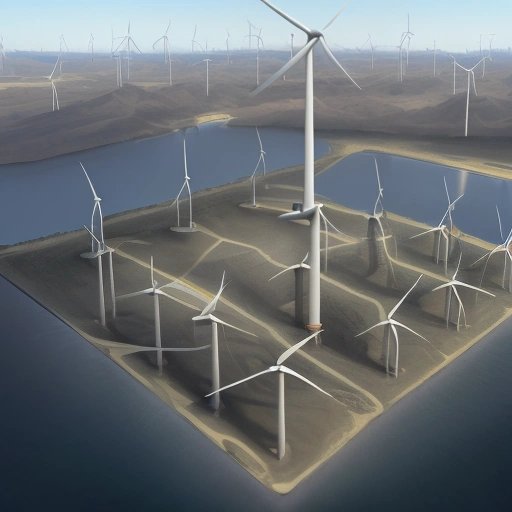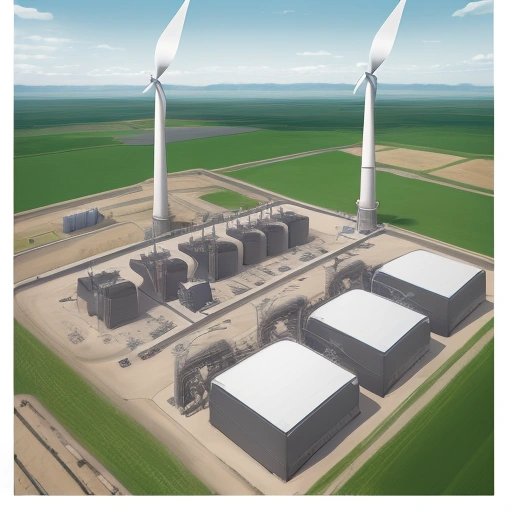In the ever-evolving world of renewable energy, scientists have made a groundbreaking discovery that could potentially change the game for wind power. Harnessing the power of the wind has long been a goal for renewable energy enthusiasts, and now, thanks to a new technology, wind storage, that dream is closer than ever to becoming a reality.
For years, one of the main challenges of wind power has been its intermittent nature. Wind turbines generate electricity only when the wind is blowing, which can be unpredictable. This has made it difficult to rely solely on wind energy as a consistent power source. However, with the recent development of wind storage technology, scientists have found a way to store excess wind energy for use during periods of low wind or high energy demand.
The concept of wind storage is not entirely new. In fact, scientists have been exploring various methods of energy storage for years, including technologies such as batteries and pumped hydro storage. However, these methods have their limitations and can be expensive or impractical on a large scale. Wind storage, on the other hand, offers a more cost-effective and efficient solution.
The process of wind storage involves converting excess wind energy into a form that can be stored and later converted back into electricity when needed. One of the most promising methods currently being researched is the use of compressed air energy storage (CAES). This involves using excess wind energy to compress air and store it in underground caverns or large tanks. When the wind is not blowing or demand is high, the compressed air is released, driving a turbine and generating electricity.
Another method being explored is the use of flywheel energy storage. This involves harnessing excess wind energy to spin a large flywheel, which stores rotational energy. When energy demand is high, the stored energy in the flywheel is converted back into electricity. Flywheel energy storage has the advantage of being able to respond quickly to changes in demand, making it ideal for stabilizing the grid during periods of high energy usage.
The potential benefits of wind storage are immense. By effectively storing excess wind energy, this technology can help to address one of the main challenges of wind power – its intermittent nature. This means that wind farms can generate electricity even when the wind isn't blowing, making wind power a more reliable and consistent source of energy. Additionally, wind storage can help to stabilize the grid, providing a more balanced and resilient power supply.
Furthermore, wind storage has the potential to reduce reliance on fossil fuels and decrease greenhouse gas emissions. By storing excess wind energy, renewable sources can be utilized more efficiently, reducing the need for backup power from traditional fossil fuel plants. This not only helps to combat climate change but also contributes to a more sustainable and greener energy future.
As wind storage technology continues to advance, it holds the promise of transforming the renewable energy landscape. With the ability to store excess wind energy and provide a more reliable power supply, wind storage has the potential to revolutionize the way we harness and utilize wind power. This groundbreaking technology brings us one step closer to a future powered by clean and sustainable energy sources.
